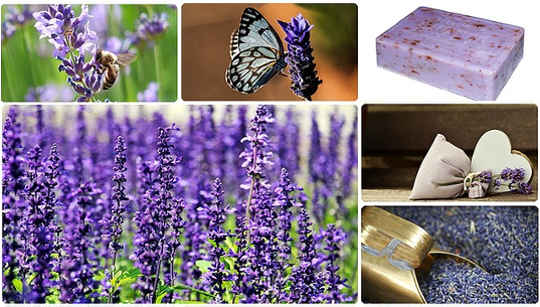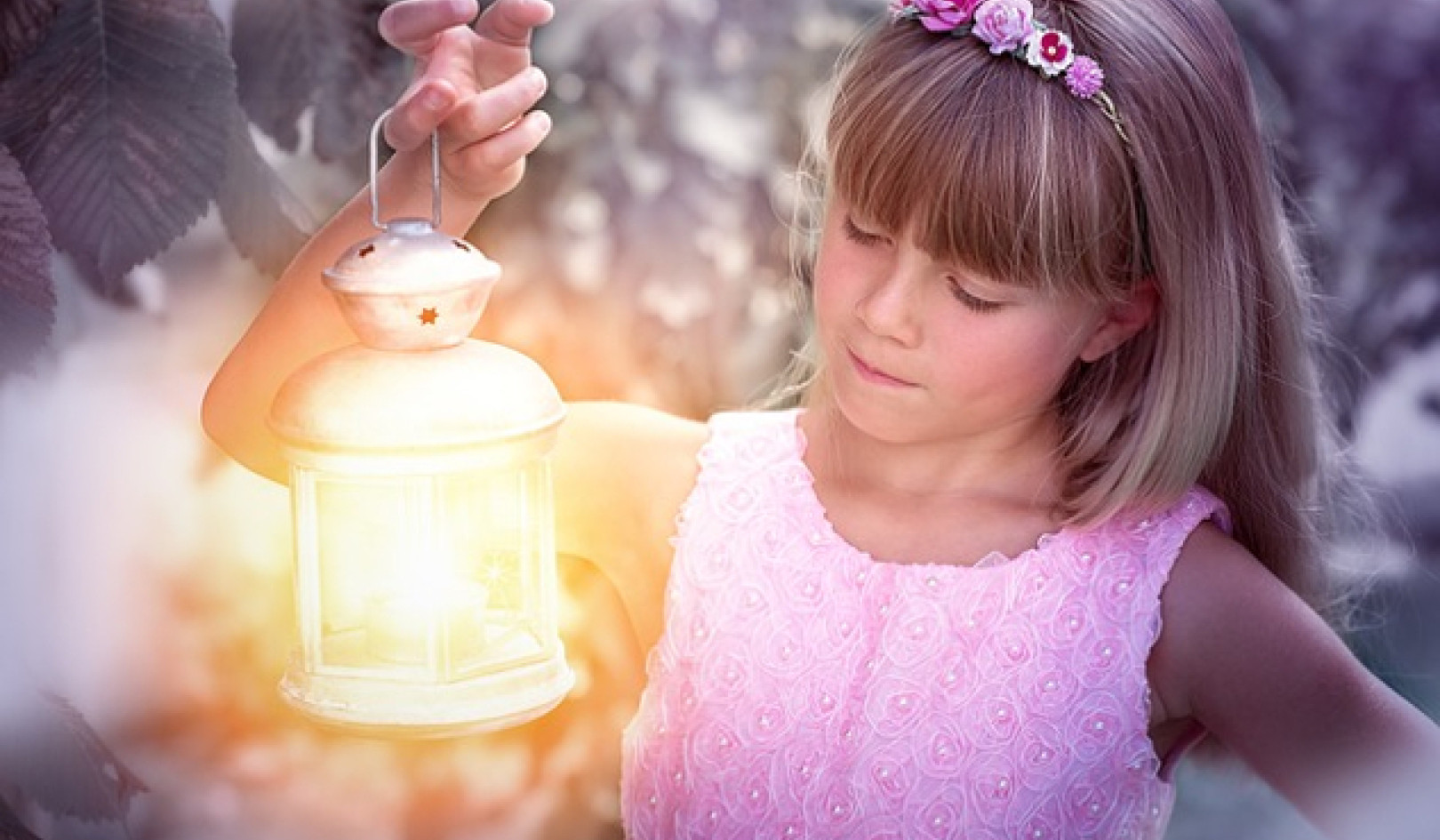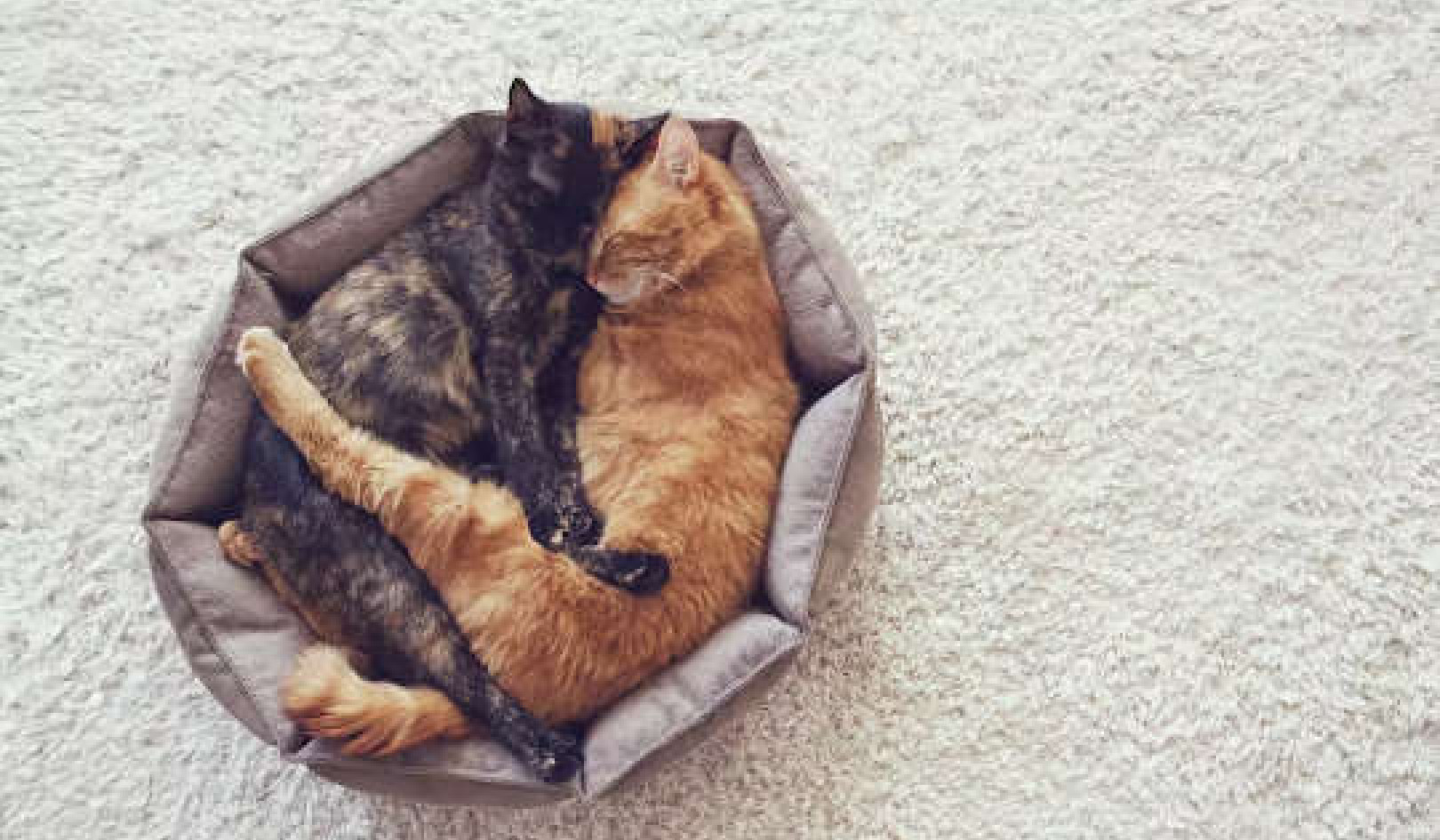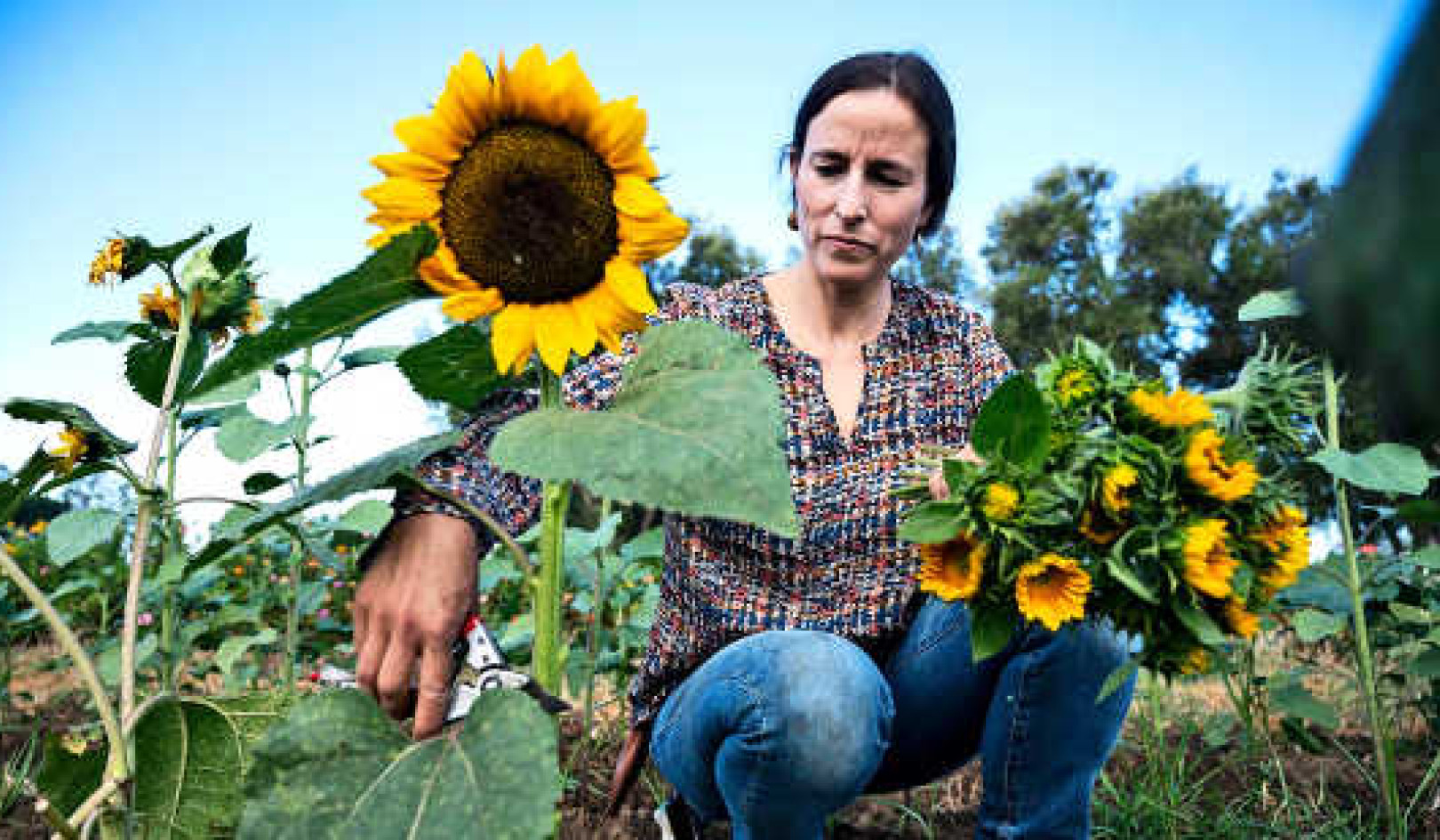
I visited an organic lavender farm last summer. About a half a mile down the road before arriving I knew I was close as I could smell the fragrant aroma wafting through the air. The rolling hillside was full of the stunning silvery-green and purple lavender plants.
While I’ve never been to France, I imagined this is what the French countryside must look and smell like. I felt immediately transported to a peaceful, relaxed state. How much was linked to the actual aromatic effects of lavender or the natural beauty of it in this lovely environment, I’ll never know. Either way, it was an experience to remember.
It’s easier than you think to experience the beauty and healing properties of lavender by growing and using your own fresh lavender for use in food, body care, bathing, and other purposes. It can easily be done indoors in pots or outside in your garden.
A Brief History of Lavender
Lavender has been in use for at least 2500 years, when it was used for mummification and perfumery by the ancient Egyptians, Phoenicians, and Arabs. Ancient Romans are also believed to have used lavender for cooking, bathing, and scenting the air.
Growing Lavender
There are many varieties of lavender, most ranging from one to two feet tall, and which form mounds of silver-green foliage topped with purple flowers when they are in bloom. They are simple to grow and require minimal care, making them the ideal plant for the lazy or novice gardener. Shorter varieties make a stunning edging along walkways while taller kinds make beautiful, scented hedges.
It grows best in a sunny location with well-drained soil. Pay attention to the spacing recommendations on the plant’s tag when purchasing lavender plants since some varieties can grow over a few feet in diameter.
You can also grow lavender from seed as it tends to be quite hardy. It needs watering to get started but needs only infrequent watering after the plant takes hold even during hot weather.
Harvesting Lavender
To harvest, wait until the plant blooms and cut about one-third down the stems. Collect the lavender on its stems and place in a vase or pitcher indoors to give the air a fresh, sweet smell.
Alternatively, to dry the lavender, tie one-inch bundles of the herb together with string or elastic bands and hang upside down until dry. You may want to place a clean cloth or large bowl beneath it during drying to catch some of the flowers since they will sometimes fall.
Using Lavender to Alleviate Anxiety and Depression
In a recent study comparing the effects of a medication for depression to drinking tea made from lavender flowers, scientists found that the lavender was slightly more effective than the anti-depressant drugs. The researchers conclude that lavender might be used as an adjunct to anti-depressant drugs or on its own to assist with symptoms of depression.
Study participants drank two cups of an infusion made with lavender daily. To make lavender tea: Add two teaspoons of dried flowers to boiled water and let sit for 10 minutes. Strain and drink. Of course, never discontinue any medications without consulting your physician.
Insomnia Remedy
According to James Duke, botanist and author of The Green Pharmacy, lavender is an excellent insomnia remedy. He recounts stories of British hospitals using lavender essential oil in patients’ baths or sprinkled onto bed clothes to help them sleep. To use in a bath sprinkle 5 to 10 drops of lavender essential oil under the water as the tub fills to allow the oils to disperse. Alternatively, place a heaping tablespoon of dried lavender flowers in cheesecloth, tie into a bundle and allow to infuse in the bathwater while soaking.
Easy and Effective Insect Repellent
In a study comparing the effects of lavender essential oil to DEET-based tick repellents, lavender showed comparable results to the DEET sprays. At a 5% concentration the insect-repellent results of the lavender oil lasted for 40 minutes while at a 10% or higher concentration of the essential oil, the results lasted for two hours. Add 10 to 20 drops of lavender essential oil to your favorite unscented cream and apply before heading outdoors. Better yet, make your own Skin-Soothing Lavender Body Lotion below.
PMS Relief
A new study published in the journal BioPsychoSocial Medicine found that inhaling the scent of lavender for ten minutes had a significant effect on the nervous system of women suffering from premenstrual symptoms. It especially decreased feelings of depression and confusion.
You can place a few drops of lavender essential oil on a handkerchief and inhale periodically, make a tea infusion of the dried flowers as above, or breathe deeply of a plant growing indoors or outdoors to alleviate mood-related PMS symptoms.
Skin-Soothing Lavender Body Lotion Recipe
It’s easier than you think to make your own natural body lotion. Most of the ingredients can be found in your local health-food store. In place of the water in the recipe below, you can use an infusion made from one tablespoon of lavender flowers in 1 cup of water, infused for 10 to 20 minutes and then strained. If you are using a lavender infusion, you can omit the lavender essential oil if you prefer.
Makes about 2 cups.
- ¾ cup sweet almond oil
- 2 tablespoons shaved beeswax
- 30 drops lavender essential oil
- 1 cup water
Pour the oil into a small saucepan, add the beeswax, and heat the mixture over low to medium heat until the beeswax melts. Remove from the heat immediately. Allow to cool for a minute or two, but not longer, as the beeswax will begin to harden. Stir in the lavender essential oil.
Pour the water into a blender, cover, and begin blending it on high speed. With the blender running, slowly pour the beeswax mixture through the hole in the blender lid. The mixture will begin to thicken after about three-quarters of the beeswax has been incorporated.
Once all the beeswax has been blended, immediately pour the lotion into one 16-ounce glass jar or two 8-ounce glass jars. The lotion lasts about 6 months and is best kept in the fridge, since it contains no artificial preservatives.
Copyright 2016 by Michelle Schoffro Cook.
All rights reserved. Publisher: New World Library.
www.newworldlibrary.com
Article Source
 Be Your Own Herbalist: Essential Herbs for Health, Beauty, and Cooking
Be Your Own Herbalist: Essential Herbs for Health, Beauty, and Cooking
by Michelle Schoffro Cook PhD.
Click here for more info and/or to order this book.
About the Author
 Michelle Schoffro Cook is an internationally bestselling author, a certified herbalist, a board-certified doctor of natural medicine, and one of the world’s most popular natural health bloggers. She holds advanced degrees in health, nutrition, orthomolecular nutrition, and acupuncture. She is the author of author of Be Your Own Herbalist, 60 Seconds to Slim and The Probiotic Promise. Learn more about her work at http://www.DrMichelleCook.com.
Michelle Schoffro Cook is an internationally bestselling author, a certified herbalist, a board-certified doctor of natural medicine, and one of the world’s most popular natural health bloggers. She holds advanced degrees in health, nutrition, orthomolecular nutrition, and acupuncture. She is the author of author of Be Your Own Herbalist, 60 Seconds to Slim and The Probiotic Promise. Learn more about her work at http://www.DrMichelleCook.com.
























